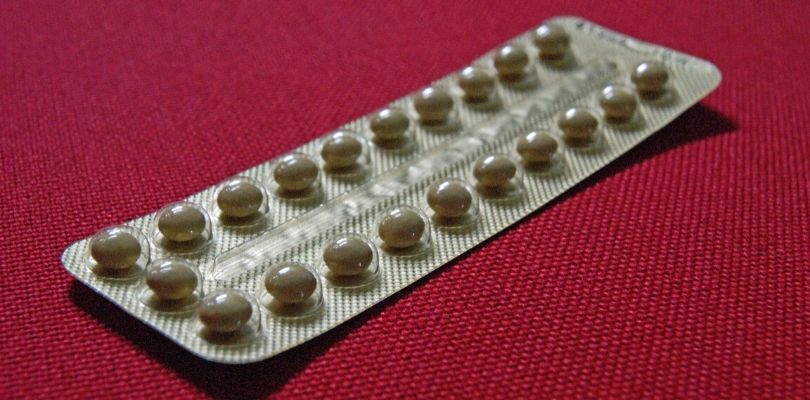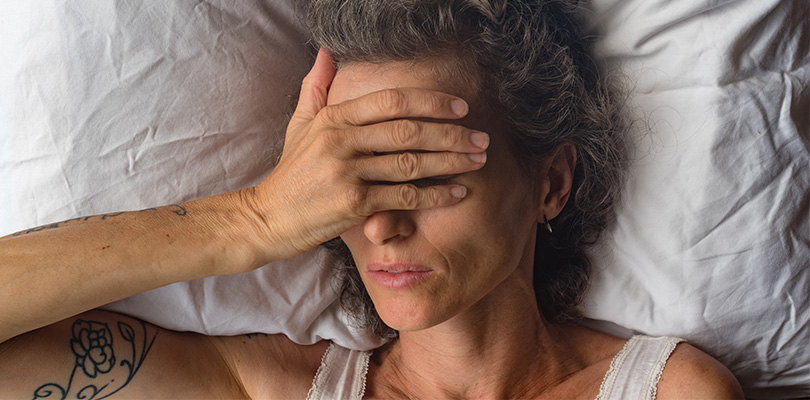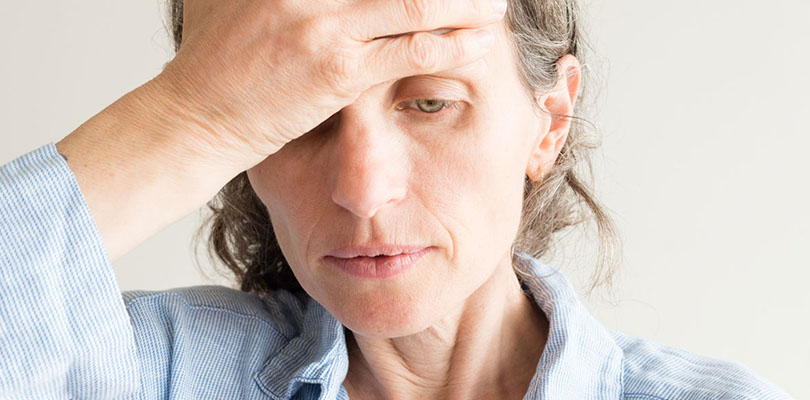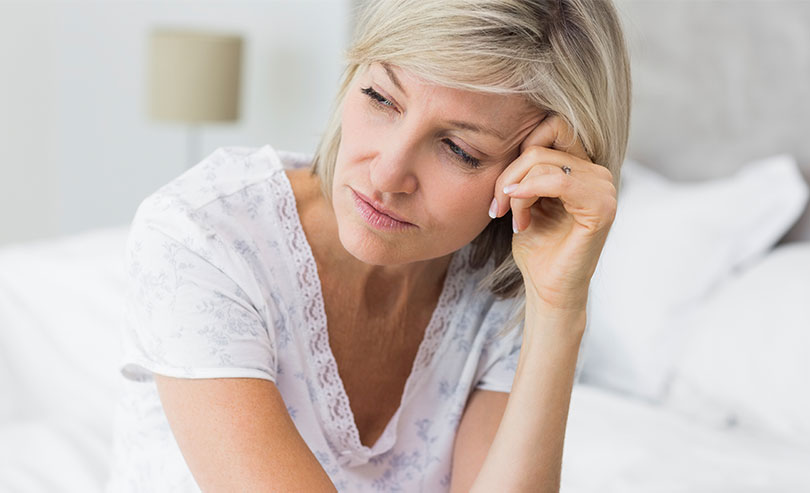What Is Estrogen Replacement Therapy?
From the day you are born, your body goes through various physical changes. The first drastic transformation in a woman’s body starts with the initiation of menstruation. Similarly, menopause is another natural biological process in a woman’s life. It points towards the end of the menstrual cycle, and subsequently, the end of fertility. If you are in your late 40s or early 50s and you have gone 12 months without your period, you are likely going through menopause. Estrogen replacement therapy has been known to help menopause symptoms.
Causes of Menopause
Every woman is born with a fixed and finite number of eggs in their ovaries. With age, the ovaries slow down the discharge of eggs and shut down completely when there are no functional eggs left. At the same time, it slows down and eventually ceases the production of reproductive hormones, including estrogen and progesterone, which control egg release during ovulation and menstruation. These factors lead to the end of menstruation and fertility.
The time period before the start of menopause is known as perimenopause. During this phase, menstruation becomes irregular but does not stop completely. Typically, perimenopause lasts for about four years, but may continue for as long as 10 years.
While menopause typically occurs when a woman is in her late 40s or 50s, it can happen earlier. Menopause that starts before the age of 45 is termed early menopause, and if it starts before the age of 40, it is called premature menopause. Early and premature menopause are often the result of surgery, such as a hysterectomy, or due to ovary damage.
Symptoms of Menopause
Besides the end of the menstrual cycle, a woman might manifest many other symptoms of menopause. Hot flashes accompanied by sweating and blushing are very common during this phase of life. Other symptoms of menopause include:
- Mood swings
- Depression
- Irritability
- Joint and muscle pain
- Headaches
- Changes in sex drive
- Vaginal dryness
- Bowel and bladder issues
- Insomnia
- Thinning hair and nails
Menopause also increases the risk of developing other health conditions, including:
- Osteoporosis
- Eye conditions
- Heart conditions
- Alzheimer’s disease
Treatment for Menopause
Many menopause symptoms may go away naturally over time. But if they do not subside, you might have to consult your physician. There are many treatments available that can help to manage your symptoms and make you more comfortable. One of the most popular treatments is estrogen replacement therapy (ERT).
Menopause and insomnia are causally linked due to symptoms of menopause that cause sleep interruption. Use these tips to rest better at night.
What Is Estrogen Replacement Therapy?
Estrogen replacement therapy involves the use of synthetic estrogen in the form of pills, skin patches, topical creams, gels, or sprays, or vaginal suppositories. Once the estrogen is added back into the body, your menopausal symptoms are typically relieved, almost immediately.
Estrogen Pills
This is the most common way of administering ERT. Pills are usually taken once a day without food in varying dosages based on your doctor’s recommendations. Estradiol (Estrace), Conjugated Estrogens (Premarin) and Estratab are some examples.
Skin Patches
Based on your symptoms, your doctor might recommend using ERT skin patches. These patches are worn below your waistline and are changed once or twice a week. Examples of ERT skin patches include Alora, Estraderm, Climara and Vivelle-Dot. There’s another patch named Menostar that has a relatively lower dosage of estrogen and is only being used for mitigating the risks of osteoporosis. A combination of progestin and estrogen can be obtained from patches such as Combipatch and Climara Pro.
Creams, Gels and Sprays
Similar to patches, this treatment is carried out by absorption through your skin allowing the estrogen to directly enter your bloodstream. Examples include Estroge and Divigell (gels), Estrasorb cream and Evamist spray.
Vaginal Suppositories
Vaginal suppositories, which come in the form of a vaginal ring or cream, are prescribed to women who are suffering from dryness and itching in the vagina and for those that have vaginal burning during intercourse. Examples of vaginal suppositories include Imvexxy, Vagifem (Suppository), Estradio or Estrace (cream) and Estring (insertable rings).
Based on your symptoms your doctor may prescribe any of these modes of ERT. Remember to always consults your doctor prior to beginning ERT.
Pros and Cons of ERT
Estrogen replacement therapy alleviates almost all the physical symptoms associated with the menopausal phase. For example, night flashes and sweats tend to go away almost immediately after starting therapy. It also helps to prevent cardiovascular diseases, as well as osteoporosis caused by estrogen deficiency. ERT treatment also helps perimenopausal women suffering from depression. It also helps to:
- Improve muscle functioning
- Slow down aging skin among postmenopausal women
- Improve quality of life by reducing vaginal dryness
Like any other medication and therapy, ERT also comes with certain risk factors. According to research conducted by Woman’s Health Initiative (WHI) in 2002 and 2003, ERT has been linked with blood clots, ovarian, breast, and endometrial cancer, as well as strokes. It might also cause headaches, nausea and vaginal discharge. However, recent studies suggest that ERT may not be directly responsible for causing these diseases. To reduce the chances of cancer, doctors prescribe progestogen along with estrogen supplements.
The chances of unwanted conditions mentioned above may increase if the treatment is continued for more than five years. Women who are planning to undergo ERT therapy are advised to use the lowest effective dose for the shortest possible time after consulting with the physician.
Who Shouldn’t Use ERT?
If you have any of the conditions mentioned below, you should not use ERT. These conditions include:
- High Blood pressure
- Severe episodes of migraines
- History of blood clots or thrombosis
- Cardiovascular disease
- Ovarian, Endometrial or breast cancer
- Pregnancy
In Conclusion
Estrogen replacement therapy is most effective when coupled with a few changes in lifestyle. You should also quit smoking, reduce alcohol and caffeine consumption, limit spicy food, exercise regularly, and wear comfortable, loose clothing. Overall, the pros of ERT outweigh the cons in almost all cases. If you suffer from menopausal symptoms, consider consulting with your doctor to determine if ERT may be suitable for you.







